Italian biodiversity, the causes of its wealth and the danger of its reduction.
Italy counts 22 national parks covering an overall surface of 1 million ha, corresponding to 5% of national territory. Furthermore, 50 Italian sites have been recognized as internationally relevant wetlands worth to be included in the Ramsar Convention on Wetlands' list. Areas included in Nature 2000 Network cover 20.5% of the national surface.
The Italian forests are very important for the landscape, the biodiversity, the balance of the environment, and for the economy. It occupies about 10 millions of hectares (30% of national area) and represents 5% of total European forested area. This forested area was gradually increased, at a rate of about 100,000 hectares per year, in the period 2000-2005 through a progressive change from agriculture land use form.
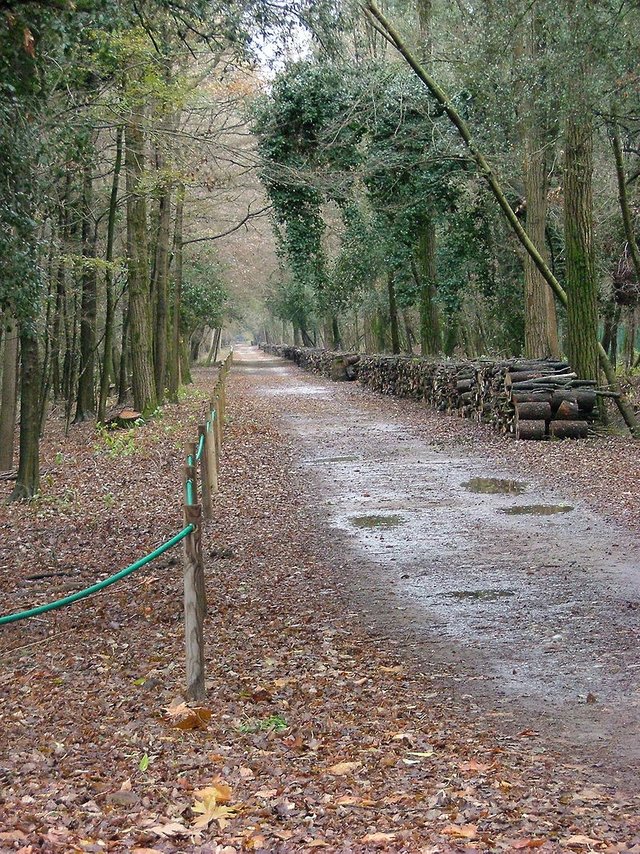
Biodiversity Italy, Biodiversity in numbers.
Around the Italian peninsula 23 protected marine areas and 2 marine parks safeguard about 200432 ha of sea and more than 700 km of coastline.
Vulnerabilities - Marine, estuarine and intertidal biodiversity.
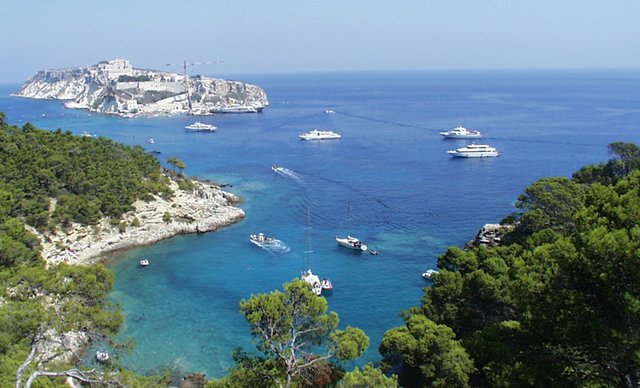
The combined action of anthropic effects and climate change negatively affects the entire ecosystem, causing seashore regression and decrease of marine life.
Vulnerabilities - Freshwater ecosystems.
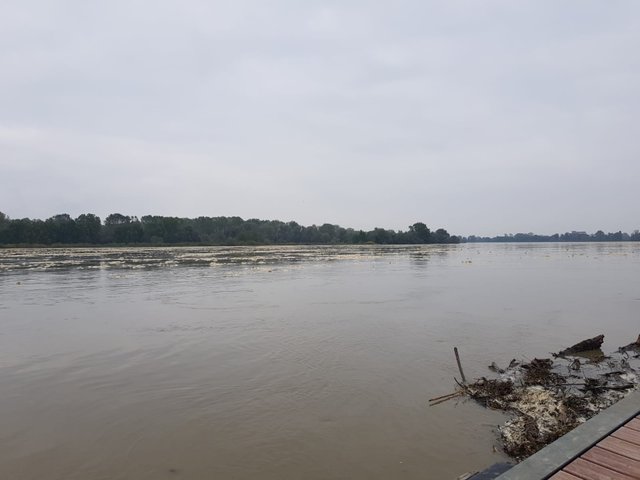
Freshwater ecosystems are expected to experience alterations, like:
phenology changes, northward movements and development of invasive alien species, leading to reduced species richness, which could represent a special vulnerability in Alpine freshwater ecosystems;
salt water intrusion into coastal fresh-water beds and loss of wetlands, causing severe imbalances in the wetlands of the coastal zone with changes in salinity and hence in the related biotic communities.
The Mediterranean ecohydrology is vulnerable to climate change, and can affect flora and fauna of the region. In arid and semi-arid parts of the region, the biggest danger facing the lakes is the expected decrease in water input resulting from increasing evapotranspiration with increasing temperature and decreasing precipitation.
This process can lead to conversion of existing freshwater to saltwater.
Glacier-fed rivers.
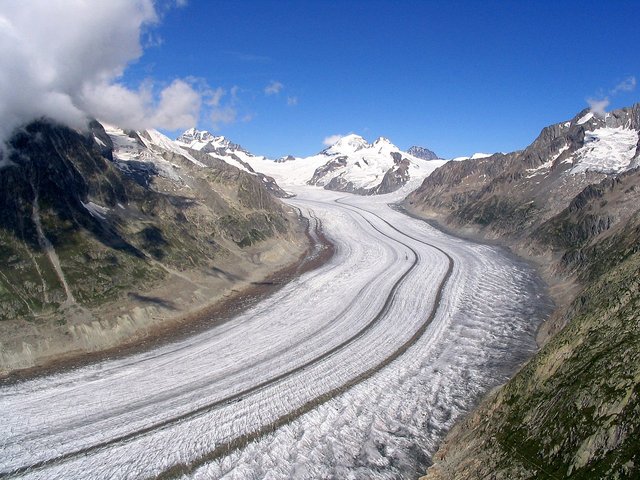
As a result of the apparent `low' biodiversity, and minimal knowledge regarding the distribution of alpine aquatic species, glacier-fed rivers have received negligible attention from conservationists.
The rapid shrinking of glaciers results in a reduction in glacial meltwater contribution to river flow in many glacierized catchments. These changes potentially affect the biodiversity of specialized glacier-fed river communities.
Research has shown that 11–38% of the regional species pools in study regions in Ecuador, the Alps and Alaska, including endemics, can be expected to be lost following complete disappearance of glaciers in a catchment, and steady shrinkage is likely to reduce local richness at downstream reaches where glacial cover in the catchment is less than 5–30. Extinction will probably greatly exceed the few known endemic species in glacier-fed rivers.
Vulnerabilities - Terrestrial biodiversity.
The Paris Agreement of December 2015 aims to maintain the global average warming well below 2°C above the preindustrial level. Ecosystem variability during the past 10,000 years was reconstructed from pollen analysis. Only a 1.5°C warming scenario permits Mediterranean land ecosystems to remain within this Holocene variability. At or above 2°C of warming, climatic change will generate land ecosystem changes that are unmatched in the Holocene.
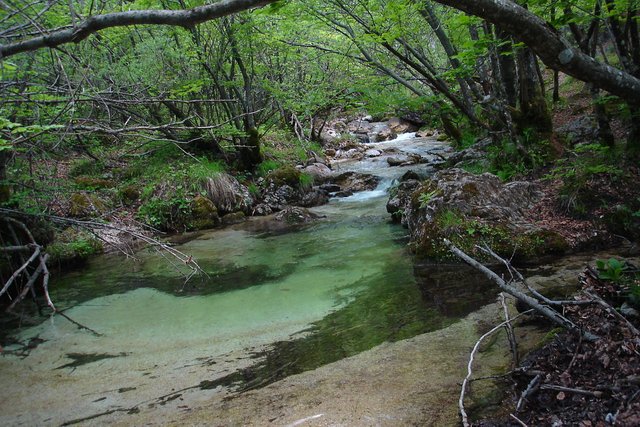
In fact, regional temperatures in the Mediterranean basin are now ~1.3°C higher than during 1880-1920, compared with an increase of ~0.85°C worldwide. Climate model projections indicate that the projected warming in the Mediterranean basin this century continues to exceed the global trend.
Without ambitious mitigation policies anthropogenic climate change will likely alter ecosystems in the Mediterranean this century in a way that is without precedent during the past 10,000 years.
The highly ambitious low-end scenario of climate change (the so-called RCP2.6 scenario) seems to be the only possible pathway toward more limited impacts.
Under a high-end scenario of climate change (the RCP8.5 scenario), all of southern Spain turns into desert, deciduous forests invade most of the mountains, and Mediterranean vegetation replaces most of the deciduous forests in a large part of the Mediterranean basin.
In addition to climate change, other human impacts affect ecosystems, such as land-use change, urbanization, and soil degradation. Many of these effects are likely to become even stronger in the future because of the expanding human population and economic activity. Without ambitious climate targets, the potential for future managed or unmanaged ecosystems to host biodiversity or deliver services to society is likely to be greatly reduced by climate change and direct local effects (23).
Climate change projections suggest that the share of stable plant species in 2100, compared with 1990, might range between 60-80% in northern Italy and Apennines, 20-40% in the Mediterranean area, and 40-60% in southern Italy.
Vulnerabilities - Alpine regions and mountain ecosystems.
Mountain ecosystems are particularly vulnerable to climate change. The following major impacts are expected:
exceptional warming in Alpine zones, especially during summer and at high altitudes, and particularly for western Alps;
increasing intensity and frequency of precipitation events (rainfall) in winter and decreasing in summer;
possible significant changes in the structure of mountain plant communities induced by a 1-2 °C temperature increase;
shift of plant and animal species towards higher elevations - the upward and northward movements of ecosystems induced by temperature increase could involve a potential increase in animal and plant species richness in the Alps, assuming that movements through habitats are possible; however, such shifts generally put mountain flora and fauna at high risk of extinction ;
glaciers retreat and permafrost reduction - small glaciers are expected to disappear, while larger ones are projected to suffer a volume reduction between 30% and 70% by 2050; the European Alps could lose about 80% of their average ice cover for the period 1971–1990 against a summer air temperatures increase of 3°C, involving nival ecosystem loss.
Extinction of high-mountain plants.
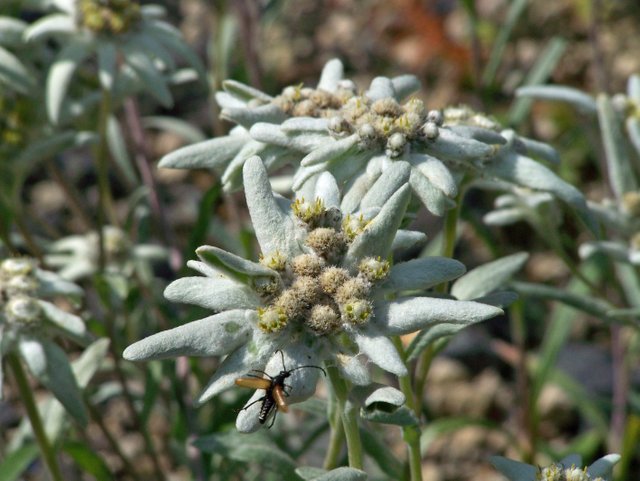
The extremes of possible climate-change-driven habitat range size reductions are commonly based on two assumptions: either species instantaneously adapt their ranges to any change in the distribution of suitable sites (unlimited dispersal scenario), or they are unable to move beyond the initially occupied sites (no dispersal scenario). In addition to these static, niche-based model predictions, a so-called hybrid model was used that couples niche-based projections of geographical habitat shifts with mechanistic simulations of local demography and seed dispersal (based on regional circulation model projections and the A1B climate change scenario).
Averaged across 150 species in the Alps, the hybrid model simulations indicate that by the end of the twenty-first century these high mountain plants will have lost 44-50% of their present alpine habitat ranges under high and low values of demographic and dispersal parameters, respectively.
The hybrid model indicates that the opposing effects of delayed local population extinctions and lagged migration rates will result in less severe twenty-first-century range reductions of alpine plants than expected from static, niche-based model predictions.
However, these apparently `optimistic' forecasts include a large proportion of remnant populations under already unsuitable climatic conditions .
The persistence of such remnant populations creates an extinction debt that will have to be paid later unless species manage to adapt phenotypically or genetically to the changing climate and to the likely associated alterations in their biotic environments .
Most importantly, the hybrid model results consistently caution against drawing overoptimistic conclusions from relatively modest range contractions observed during the coming decades, as these are likely to mask more severe longer-term warming effects on mountain plant distribution (.
Benefits from climate change.
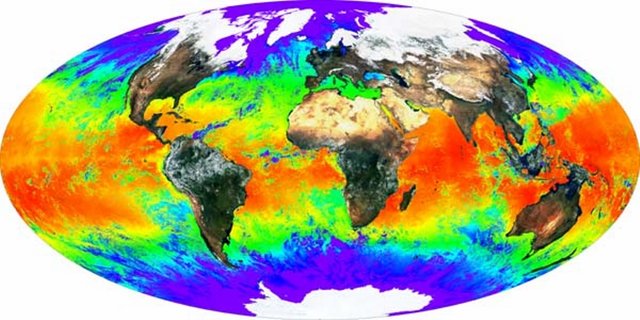
An opposite trend caused by the lengthening of the growing period is recorded in central-northern Italy where a forest expansion is observed.
Moreover, even if no data regarding forest ecosystem productivity are available, the negative effects determined by deterioration, and the positive effects caused by the lengthening of the growing period can be observed .
Adaptation strategies.
The adaptation capacity of natural systems to climate change will have to be strengthened through the adoption of adaptation measures promoting.
The Sanctuary includes marine areas within both inland waters and territorial waters (twelve mile zone) of France, Italy and the Principality of Monaco. It also includes the neighbouring high seas. The Italian regions involved are: Liguria, Sardinia and Tuscany.
The portion of basin between Liguria and Provence have been known since the ancient time to be the home for many species of whales and other marine fauna. The protected area accounts for about 100.000 km2.
Sources.
.png)
